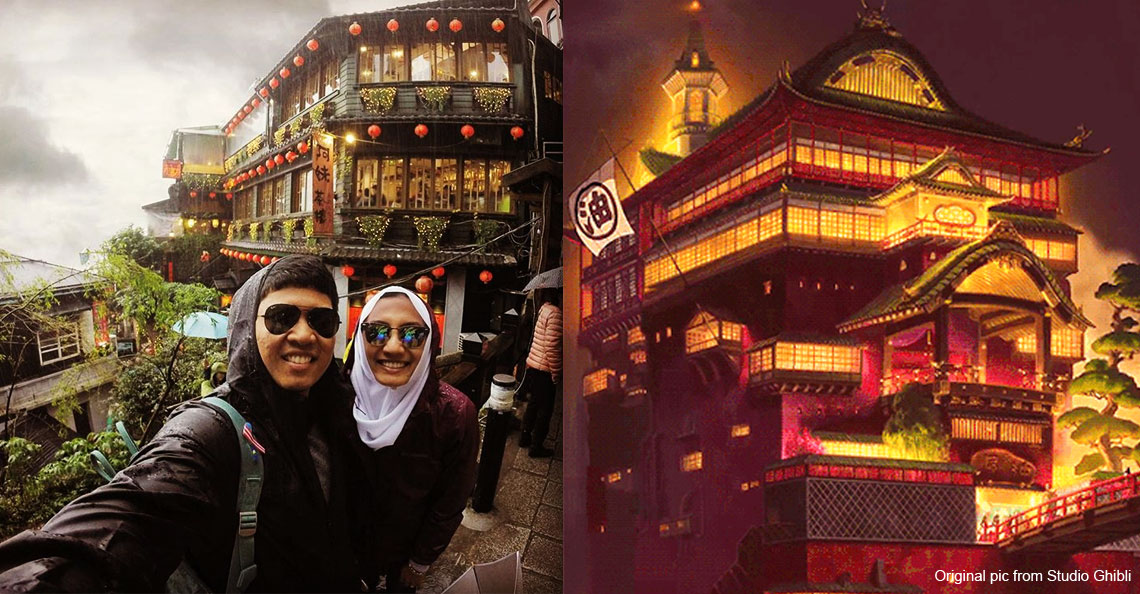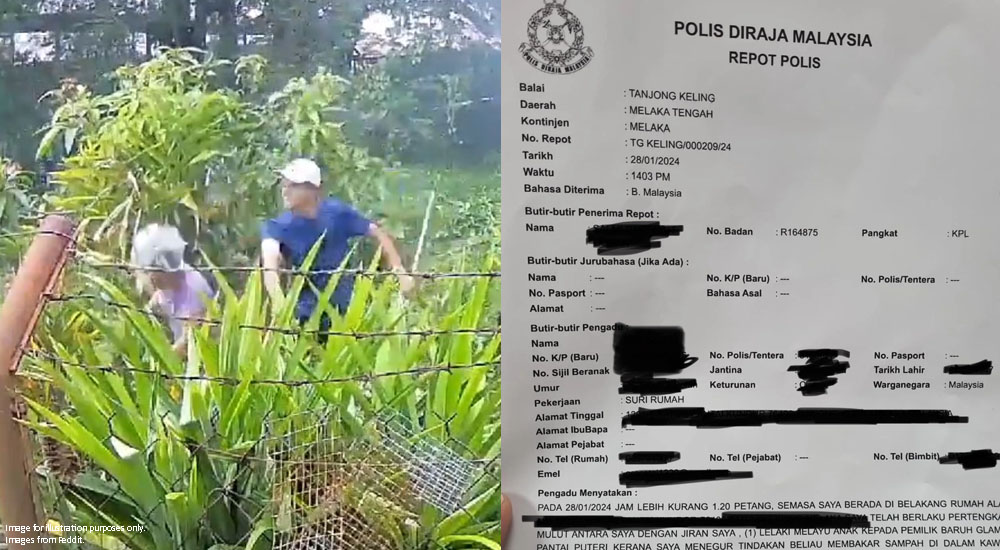The hidden food street in Melaka
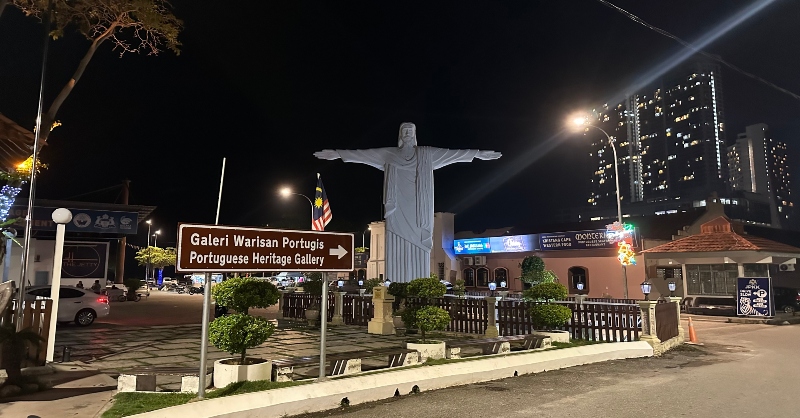
- 730Shares
- Facebook411
- Twitter42
- LinkedIn40
- Email59
- WhatsApp178
What comes to mind when you think of Melaka? We’re pretty sure it would be the famous A Famosa Fort or Jonker Street. But did you know there’s another street in Melaka that’s not as famous as Jonker but holds a lot of history that’s almost lost in the glitz and glam that Melaka has become today?
Not many Malaysians know of this lost treasure in Melaka.
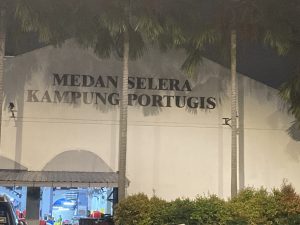
Portuguese Settlement – food street in Melaka
If you paid attention during your History lessons in school, you’d know that Melaka was under the Portuguese’s jajahan from 1511 until it was captured by the Dutch in 1641. In 1933, 11 hectares of land in Malacca were purchased with the intention of creating a safe haven for the scattered Kristang people. The swampy terrain was cleared, and ten wooden cottages with earth floors and attap roofs were constructed.
The Portuguese in Melaka who stayed back have seen the many facelifts of Melaka. Ever since then, the Portuguese and their Malaysian descendants have been serving up delicious Portuguese cuisine they’ve inherited from their ancestors.
I went to Melaka last weekend coz I was craving the BBQ pork and the sagoo gula Melaka in Jonker 88, but the street was crowded as hell. So I decided to divert to the Portuguese settlement after Googling the next best place to eat in Melaka. Of all the times I’ve been to Melaka, never have I come here before.
They charge RM2/car and RM5/bus for parking. The first thing that welcomed me was the lighting and the sight of the huge copy of the Rio de Janeiro Christ’s statue at the entrance of the medan selera. I was struck by surprise that it looked almost identical to the original statue in Brazil. The only thing is you won’t have to hike up a mountain to see it.
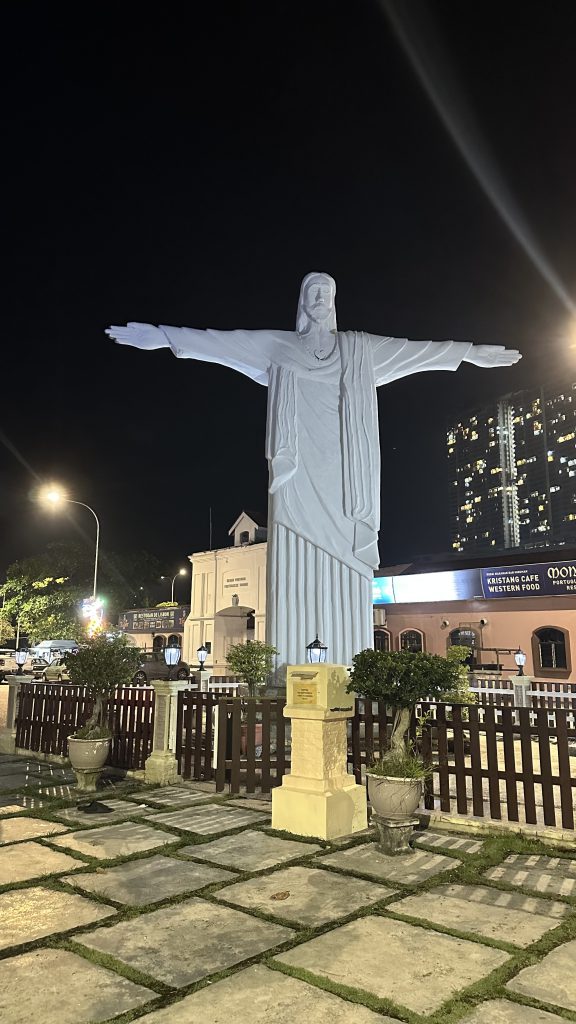
To be honest I thought it’ll be more congested than Jonker Street coz of the historical value this place has to offer apart from the food. The Portuguese descendants have stayed true to the authentic recipe of their ancestors. Despite being here for more than a century, the style of cooking hasn’t changed. The Portuguese are known for their baked fish and Debal curry. Though you may see some familiar dishes like Kailan with garlic, we have to assure you that the cooking style is totally different.
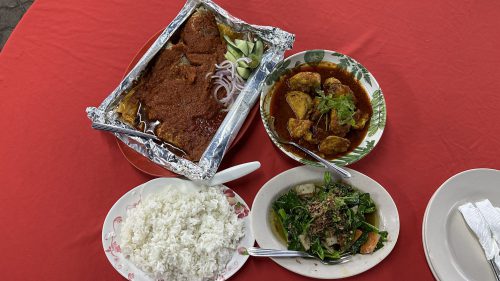
You’ll be able to dine in front of the seafront with the cool breeze hitting you. Once you’ve filled your bellies, you can take a stroll on the sidewalk.
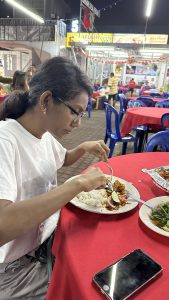
I had the opportunity to speak to one of the shop owners, Christina, here; she said that there used to be 10 restaurants that were owned by the Kristang people. But now that most of them have migrated, there are only 2-3 authentic Portuguese restaurants on the street. She also added that there are only about 3k people left in the community.
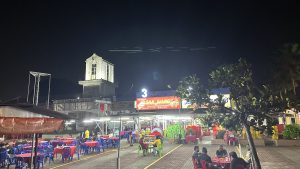
Today, the Portuguese Settlement is lit up with lights and their houses are no longer the wooden cottages they once were. Regardless, from the outside when you see their house, you’ll see that they still stay close to their roots.
Fun Fact: The Portuguese Settlement hosts a yearly “June festival” that begins with Festa de So Joo (“Feast of Saint John”, June 23) and ends with Festa de So Pedro (“Feast of Saint Peter”, the fishermen’s patron saint), June 29. Around used 100,000 guests from Malaysia and other countries attend this festival. At the festival, visitors can listen to Kristang folk melodies and witness dancers in bright costumes perform to the beat of Branyu music. The blessing of the local fishermen’s boats, specifically decorated for the occasion, is an important event in the celebration.
My next plan is to come back here during Christmas to see the decorations and witness how the Kristang people celebrate the festival.
- 730Shares
- Facebook411
- Twitter42
- LinkedIn40
- Email59
- WhatsApp178

